82% Of Our Potable Water Is From The Rivers, That’s Why It Needs To Be Kept Clean
The water that comes out of our taps actually comes from the rivers.
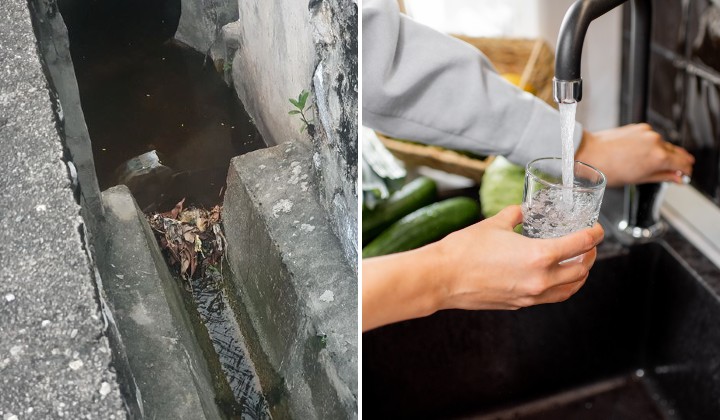
Subscribe to our Telegram channel for the latest stories and updates.
There’s a common misconception that Malaysia, a country which experiences a significant average rainfall of 3,000-5,000 milliliters a day, should not face any water woes.
Yet anyone living here, especially in the Klang Valley, can tell you differently. The Klang Valley faces frequent water cuts, most often due to industrial pollution in many of our urban rivers.
READ MORE: This Is Why Klang Valley Keeps Getting Water Cuts & It’s Annoying AF
The thing is, while the country does experience lots of rainfall, that’s not potable water. Potable water is the readily available water that is treated and fit for human use: the water from our taps, that we drink, that we shower with.
According to Dr Kalithasan from Global Environment Centre (GEC), 82% of the potable water that we use daily comes from our rivers such as Sungai Selangor or the Klang River– yes, the very same river that meanders through the cities and towns actually provides the water that comes out from your taps at home after treatment.
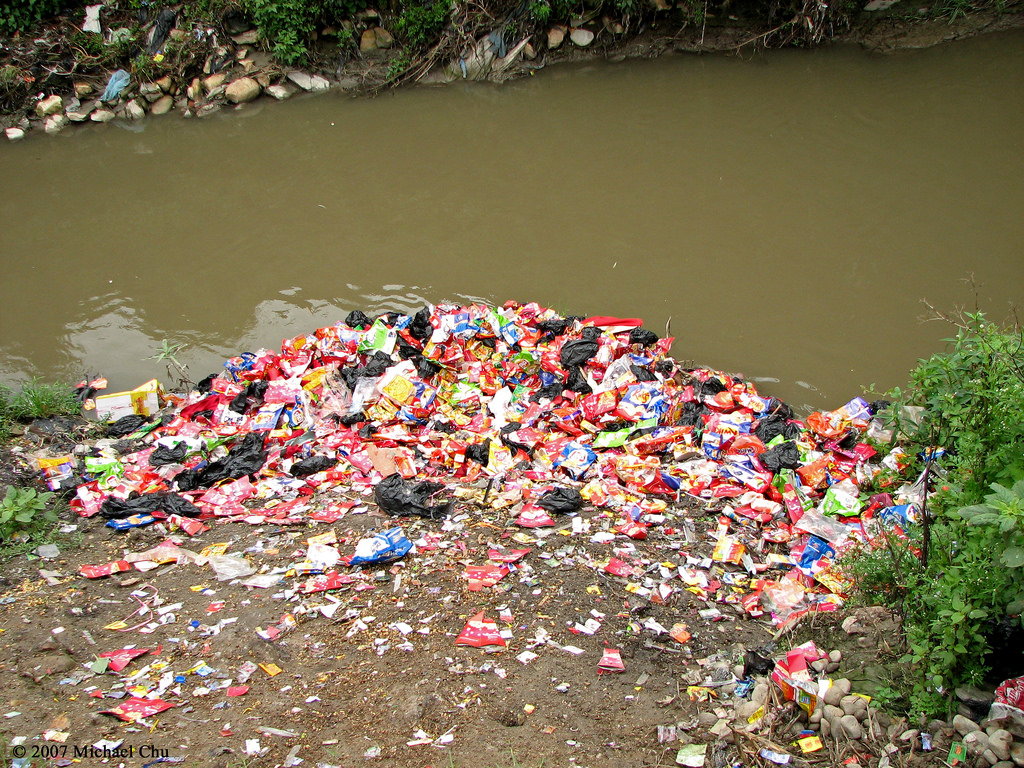
(Credit: TRP)
Do we really have water woes?
Urban Malaysians suffer from water cuts, but it’s also because Malaysians do not really treat water like the truly invaluable resource it is. Kalithasan notes that as of 2019, Malaysians consume an average of 230 liters of water a day, compared to the recommendation suggested by the World Health Organization of just 165 liters a day.
Additionally, climate change has destabilized our hydrology, as the quality, quantity, distribution, and prediction of rainfall in the country has changed too.
Urban Malaysians may suffer through temporary water shortages, but those in rural areas, or in the agricultural industry, will find that the instability of good, clean water has a much worse impact.
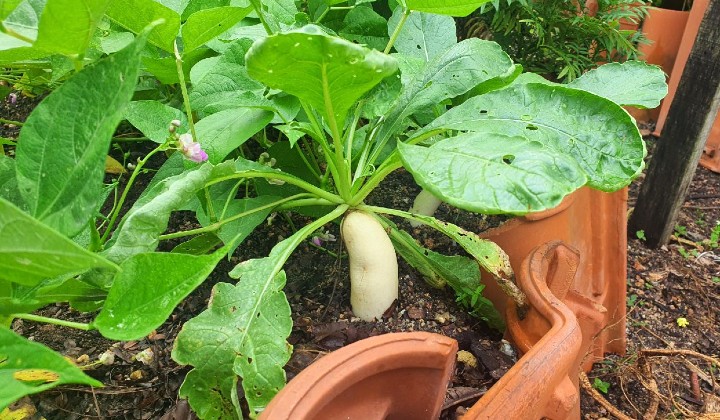
(Credit: TRP)
Yet Kalithasan laments that because water is cheap, we don’t appreciate the true value of it. We don’t try to understand where our water comes from and where it goes to because we turn on the tap and clean water flows out like magic.
But if you truly believe you’re a responsible citizen, Kalithasan invites you to know your river address by answering three simple questions:
1) What’s the name and location of the river that flows from your living area to the sea?
2) Which river does your potable water come from?
3) When you flush your toilet, where does the water go?
So we have water woes. How do we fix them?
Every time there’s a water cut, everyone is quick to shout at everyone else. But Kalithasan suggests that every single individual needs to be responsible.
The problem is that most of us don’t know how.
Kalithasan notes that so far, Malaysia already has strong awareness about taking care of nature, but we lack the knowledge to move on to actionable skills.
Rivers are living entities. Humans must coexist with, not try to manipulate, nature. Water is life, and rivers are the lifeline.
Kalithasan to TRP
Yet before you tire from needing to learn all about water conservation and stewardship, there are actually just two extremely simple things everyone can do first, within their means.
1. Use less water, virtual or not
Most people already know and do this. We turn the tap off when not in use and do larger loads of laundry to use less water.
But there are also ways to reduce your virtual water use, such as choosing tea over coffee because coffee requires more water to grow, and local fruits over water-heavy fruits like imported avocados and almonds, which require around 16,083 liters of water for 1kg of the nut.
2. Clean your drains
We complain about our dirty rivers and dirty drains, but not many people realize that these two are inevitably linked. Contaminants from dirty gutters from residential, commercial, and all the areas in between would come to pollute rivers through the water cycle, causing water shortages.
So the first step to clean rivers is actually to start with keeping drains clean. Clean your drains on a regular basis and make sure it’s free of rubbish. Keep in mind, drains are meant for rainwater only.
We must take care of the artery of the river– our drains.
Kalithasan to TRP
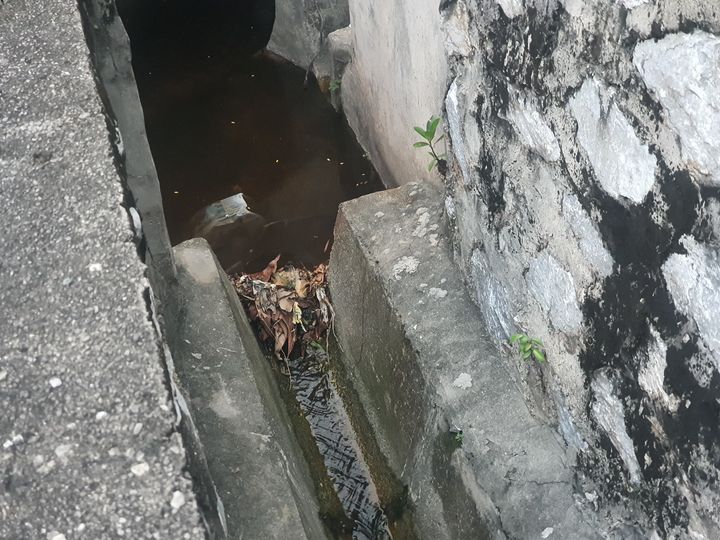
(Credit: TRP)
Sounds hard? It’s completely doable.
Just like other lifestyle changes such as working out or eating healthier, it always seems difficult at first. Yet small, consistent steps you take each day to protect our water use will definitely be a big help.
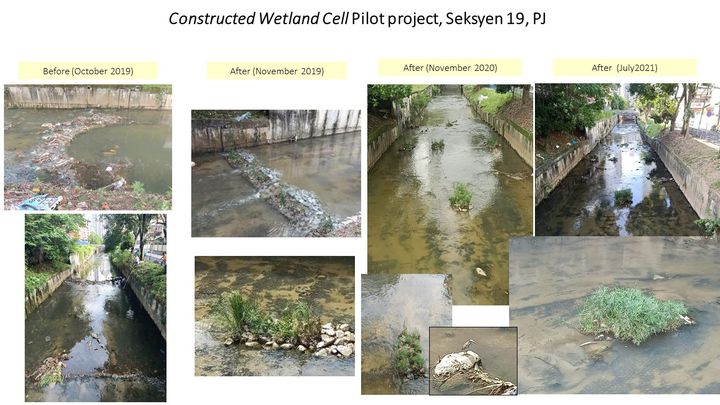
(Credit: Heineken)
Kalithasan says that everyone should play their part accordingly, in what is called the ‘public-private partnership’ (PPP).
As much as we would want governments to regulate the environment more, it is still up to the public and the private companies to take charge and adhere to such rules. Companies in particular have a social obligation to the people and the environment to produce real change, not just greenwashing.
This sort of partnership is crucial because just like the environment, people and private sectors cannot work in silos.
This needs to be a win-win situation for everyone. Through these PPPs, the public must be able to enjoy a cleaner environment, corporate entities should reap the goodwill of their efforts, and agencies can bring about positive change.
Kalithasan to TRP
An example of a successful public-private partnership would be GEC and SPARK Foundation, the corporate social responbility arm of Heineken Malaysia. The two organisations have worked tirelessly to reach (and exceed!) Heineken Malaysia’s water stewardship goals.
Through the extensive water stewardship initiatives, Heineken Malaysia was able to announce that they balanced more than 100% of the water used in its products in 2020, 10 years ahead of their goal.
READ MORE: Water Sustainability Efforts Exceed Original Goal, Says Heineken Malaysia
Kalithasan urges companies and the public to follow in SPARK Foundation’s footsteps and take action to protect our rivers and reduce the pressure on our water resources.
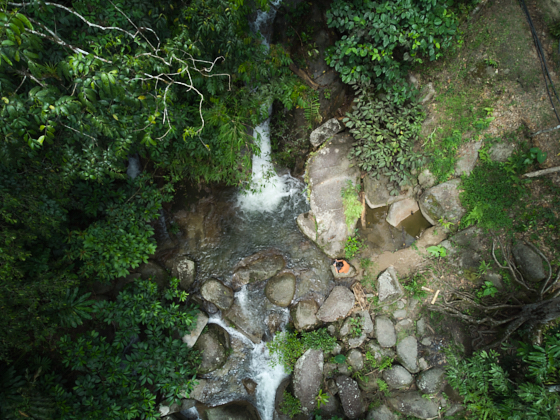
(Credit: Fernando Fong)
Share your thoughts with us on TRP’s Facebook, Twitter, and Instagram.
Anne is an advocate of sustainable living and the circular economy, and has managed to mum-nag the team into using reusable containers to tapau food. She is also a proud parent of 4 cats and 1 rabbit.

